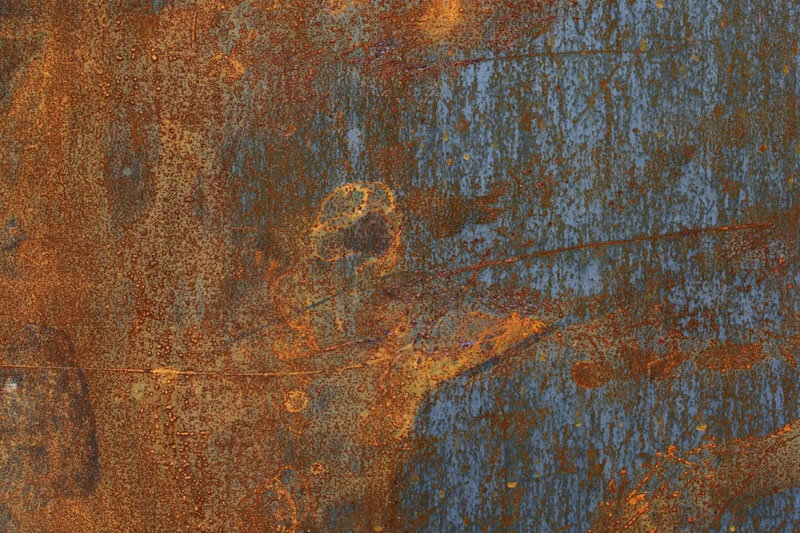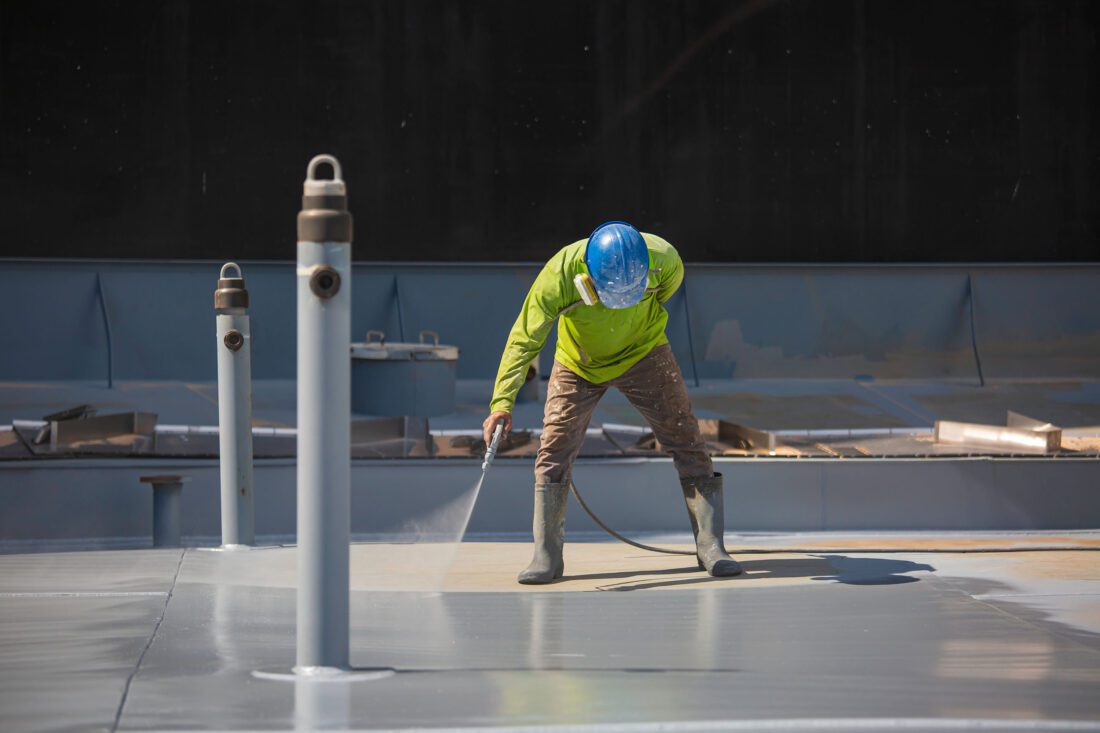Protective Coatings and Sealants
Curious About Protective Coatings and Sealants? This Article Explains…
Today’s concrete-and-steel-buildings are wonders to behold. But they still need to be protected from the ravages of the elements—or they wouldn’t stay wondrous very long.
Even the strongest materials can be corroded or damaged by moisture or caustic substances. Thankfully, the many modern sealants and coatings available nowadays offer superior levels of protection for virtually all building materials. If the ancient Romans had access to today’s technology, their mighty colosseum might still be a thriving sports arena—instead of a crumbling curiosity.
As with so many things, the best remedy is prevention.

Oxidation—the Quiet Destroyer
Most metals will oxidize when exposed to oxygen and moisture, producing what we recognize as rust. Steel is no exception. Oxidation can compromise the strength and integrity of the metal. To impede this process, steel components can be coated with zinc in a process known as galvanizing. The zinc is applied in a hot-dip process, forming an alloy with the steel at the surface. The destructive elements that cause oxidation attack this zinc alloy, while the steel underneath is protected. It’s important that vital steel components such as secondary framing, base angle and flange bracing be pre-galvanized.
Meanwhile, some components are best protected using a variety of other processes.

Other Specialized Protective Coatings
Aluminum and some other non-ferrous metals can be protected by the process of anodizing—which actually promotes oxidation to form a permanent protective layer. The aluminum is dipped in a series of tanks containing an electrolytic solution and a cathode. An electrical current is then applied to produce an oxidized surface layer. The resulting product is durable and stable, and three times harder than untreated aluminum.
Electroplating uses a process similar to anodizing, in that a metal object is placed in an electrolytic solution along with the plating metal, and an electrical current is applied. The plating material bonds with the object, creating a corrosion resistant surface that is often valued for its aesthetic appeal; gold and silver are among the metals commonly used. The process is relatively expensive so is not widely employed for most industrial purposes.
Powder coating also uses an electrostatic process, in which a powder is electrically charged with a polarity opposite to that of the object being coated. This causes the powder to adhere to the object surface. The object is then cured with heat to harden the surface. The coatings used are usually synthetic resins such as polyurethane, polyester, or epoxy, which have unique protective qualities and are tougher than paint. Powder coating is useful for a variety of appliances and items used in construction, such as aluminum extrusions.

Paint and Other Liquid Protection
Meanwhile, paint and other liquid coatings remain effective for a multitude of purposes. They can protect against water, corrosion, scratches, scuffing and other damage. They are relatively cheap and easy to apply by brush, roller, or sprayer. Paint can hide blemishes and offers the esthetic advantage of virtually limitless color choices.
Polymers such as epoxy, acrylic, polyurea and polyurethane can provide exceptional protection against moisture, scratches, chemicals, oils and salts. These artificial resins are created by combining relatively simple molecules (known as monomers) into long molecular chains, producing a substance of remarkable strength. They are fast-curing and can be used on virtually any surface. They’re especially practical for concrete floors and walkways, which must be able to stand prolonged abuse.
One of the best known of these products is polyurethane, which is flexible and resistant to environmental hazards such as abrasion, impact, temperature extremes, mold, fungus and mildew. It can dry in varying degrees of hardness depending on the need.
Polyurea has similar qualities, as well as being flame-retardant. Somewhat more expensive than polyurethane, it is considered superior in its durability and resistance to moisture and chemicals. It can be combined with polyurethane to lower costs.
Aromatic polyurea is especially useful as a base coat, but not recommended as a topcoat since exposure to ultraviolet rays can cause color changes. That problem is eliminated with aliphatic polyurea, a product derived from aliphatic diisocyanates.
Polyurea is useful as a protective coating for steel and concrete structures of all types including bridges, pipelines, pumps, and irrigation systems.
Epoxy is perhaps best known as an adhesive but also has a wide variety of other uses. It is effective as a waterproof patch for areas that have been damaged. Its toughness makes it ideal as a floor covering—especially in high-traffic areas such as shopping malls and loading docks. It is also used to line pipes and tanks that hold or transport caustic chemicals.
Antifungal Coatings
Some environments are particularly prone to biological contamination and require special protective coatings. Polymeric resins can be combined with anti-microbial additives to protect against fungi, mildew, bacteria and spores. These specialized products can be applied to pipes, machinery, ducts, HVAC equipment, walls, ceilings, and other places where troublesome organisms are prone to proliferate.
Protecting Your Project
Whether it’s a high-rise building, a bridge, or a shopping mall—every structure worth building is worth protecting. Today’s protective coatings and sealants can ensure that your project will stand the test of time.



